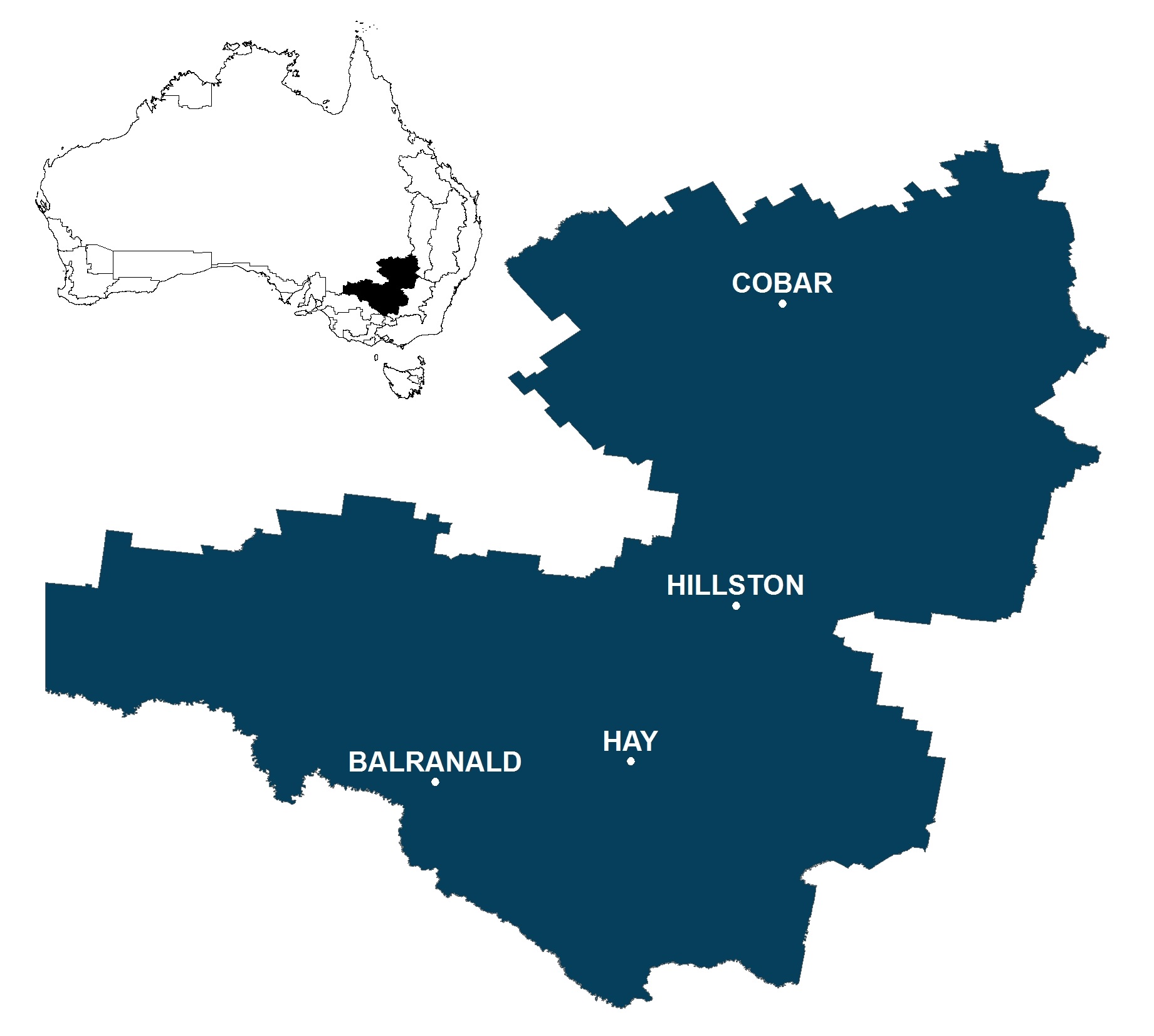Greenhouse gas emissions sources
On-farm emissions sources of all three crops are shown below in Figure 2. For wheat, the greatest contributions to the total Global Warming impacts were the production and use of fertiliser. Residue emissions also made a considerable contribution to Global Warming impacts. The relatively low rates of fertiliser use for barley and lupins production meant that residue emissions were the dominant source of Global Warming impacts for these crops and that impacts associated with the production of fertiliser, tractor operations and chemical production were relatively high.
Figure 2: Greenhouse gas emissions profile for the production of wheat, barley and field peas in the NSW Central agroecological zone.Greenhouse gas mitigation strategies
Mitigation strategies tested for the region were;
- Sustainable intensification
- Additional applications of lime
- Variable rate fertiliser applications
- Changing a wheat-wheat rotation to a legume-wheat rotation
More information on the assumptions used to test these strategies and how they might reflect individual enterprises are available on the Mitigation strategies page.
Results (Figure 3 below) indicate that emissions of a t of wheat can be reduced by;
- 42% through the implementation of sustainable intensification
- 17% by additional lime applications
- 14% by implementation of variable rate fertiliser technology
Results also indicate the replacing a wheat crop with a legume crop in a two-crop rotation can increase greenhouse gas emissions intensity by 149%.
Figure 3 Reductions in greenhouse gas emissions for wheat production when grown with sustainable intensification, variable fertiliser, additional lime applications and legume - wheat mitigation strategies in the NSW Central agroecological zone
Accessible Content
Accessible versions of the raw data used to generate these charts is below.Greenhouse Gas Emissions Profile
Wheat | Barley | Field peas | |
|---|---|---|---|
Lime production | 2.302966 | 2.192824 | 2.932265 |
Lime use | 3.905757 | 3.71896 | 4.973028 |
Fertiliser production | 71.88952 | 34.35252 | 30.62434 |
Fertiliser use | 80.30291 | 12.52144 | 11.2358 |
Residue emissions | 54.9992 | 52.10711 | 78.67765 |
Transport | 2.886535 | 2.28191 | 2.803023 |
Tractor operations | 31.67737 | 27.93564 | 37.36382 |
Chemical production | 34.66788 | 32.29268 | 43.55647 |
Calc total | 282.6321 | 167.4031 | 212.1664 |
Mitigation Strategies
| Strategy | Result |
|---|---|
Sustainable intensification | -42 |
Legume wheat rotation | 149 |
Additional lime applications | -17 |
Variable rate technology fertiliser | -14 |
